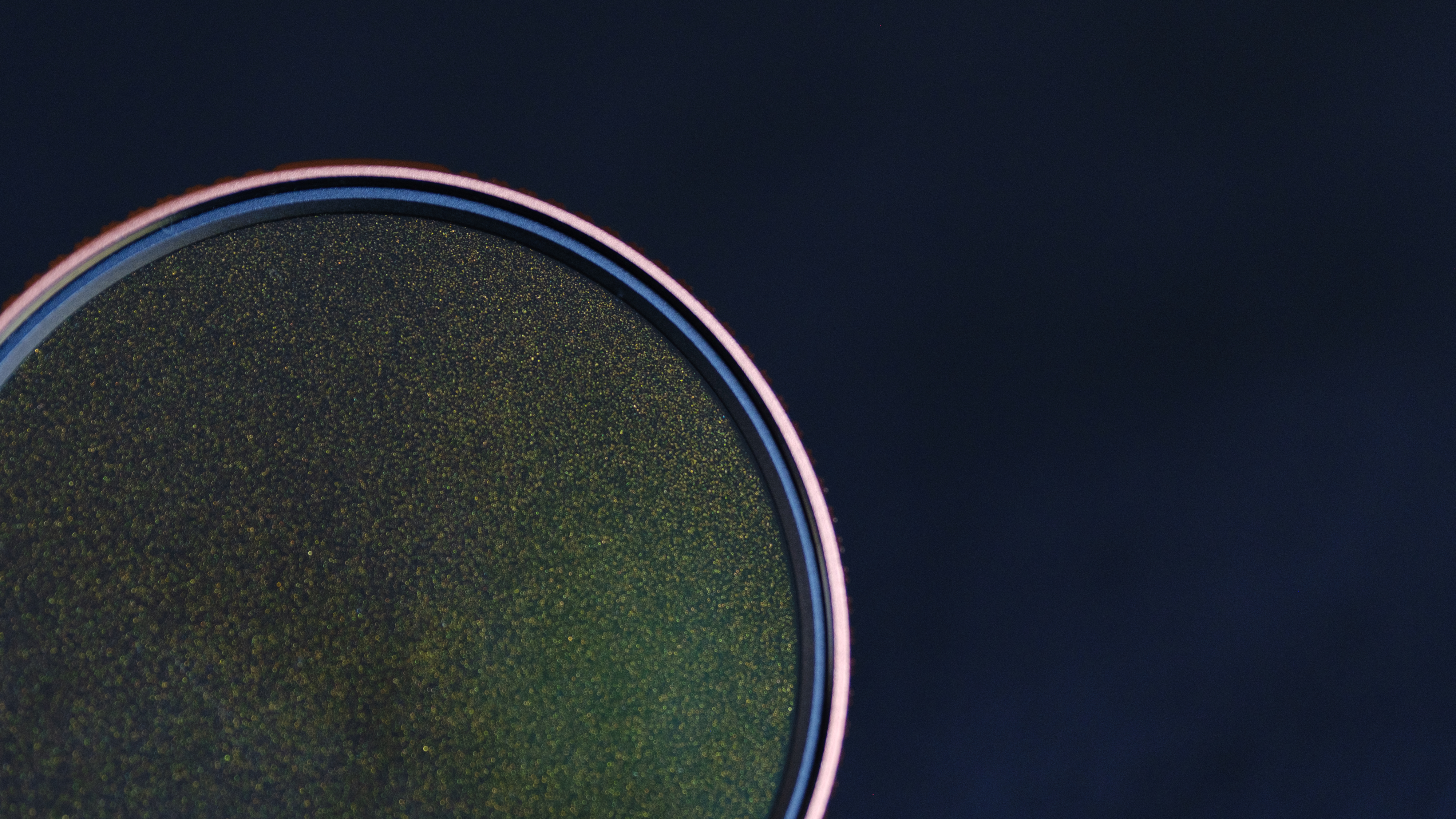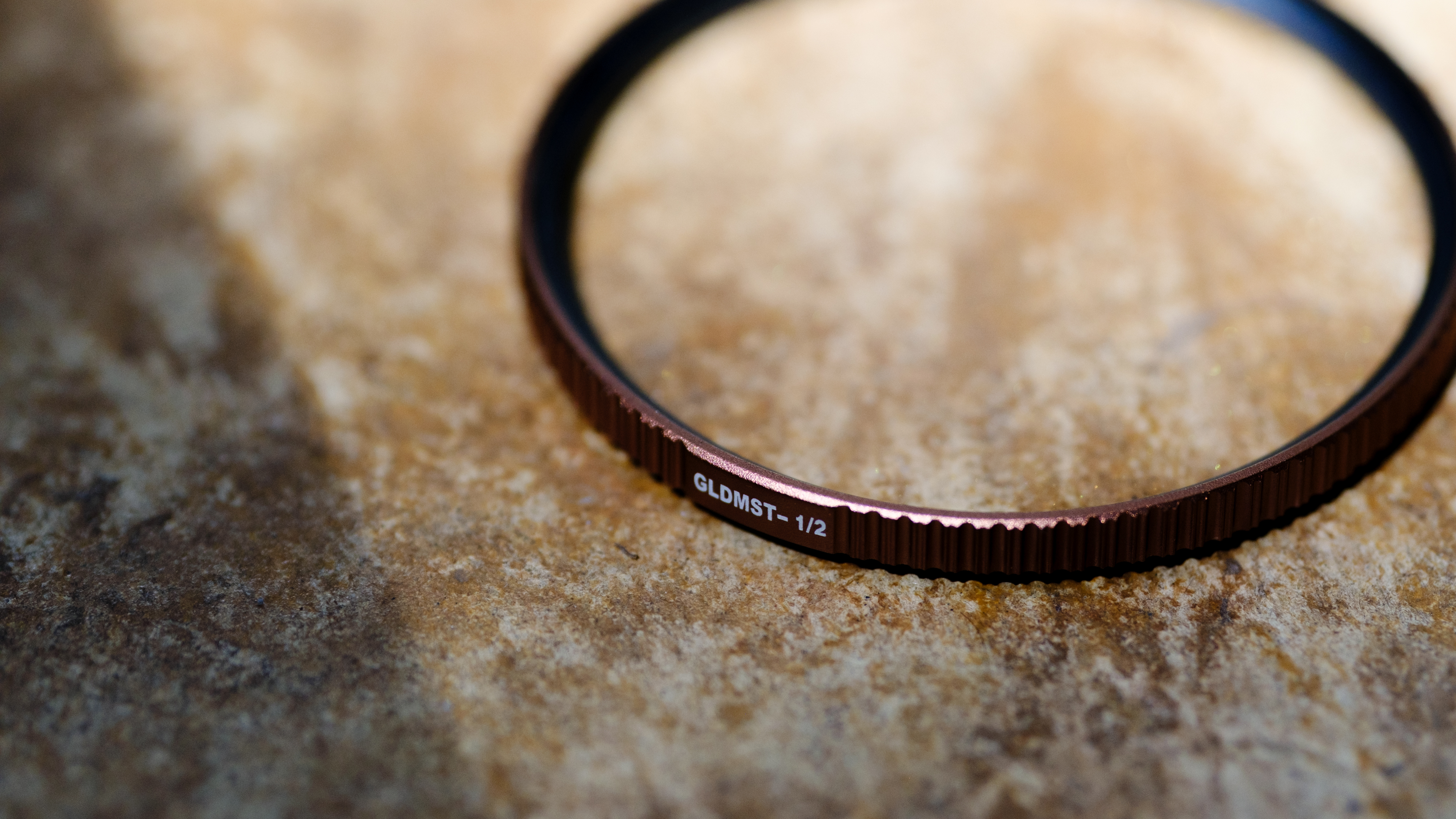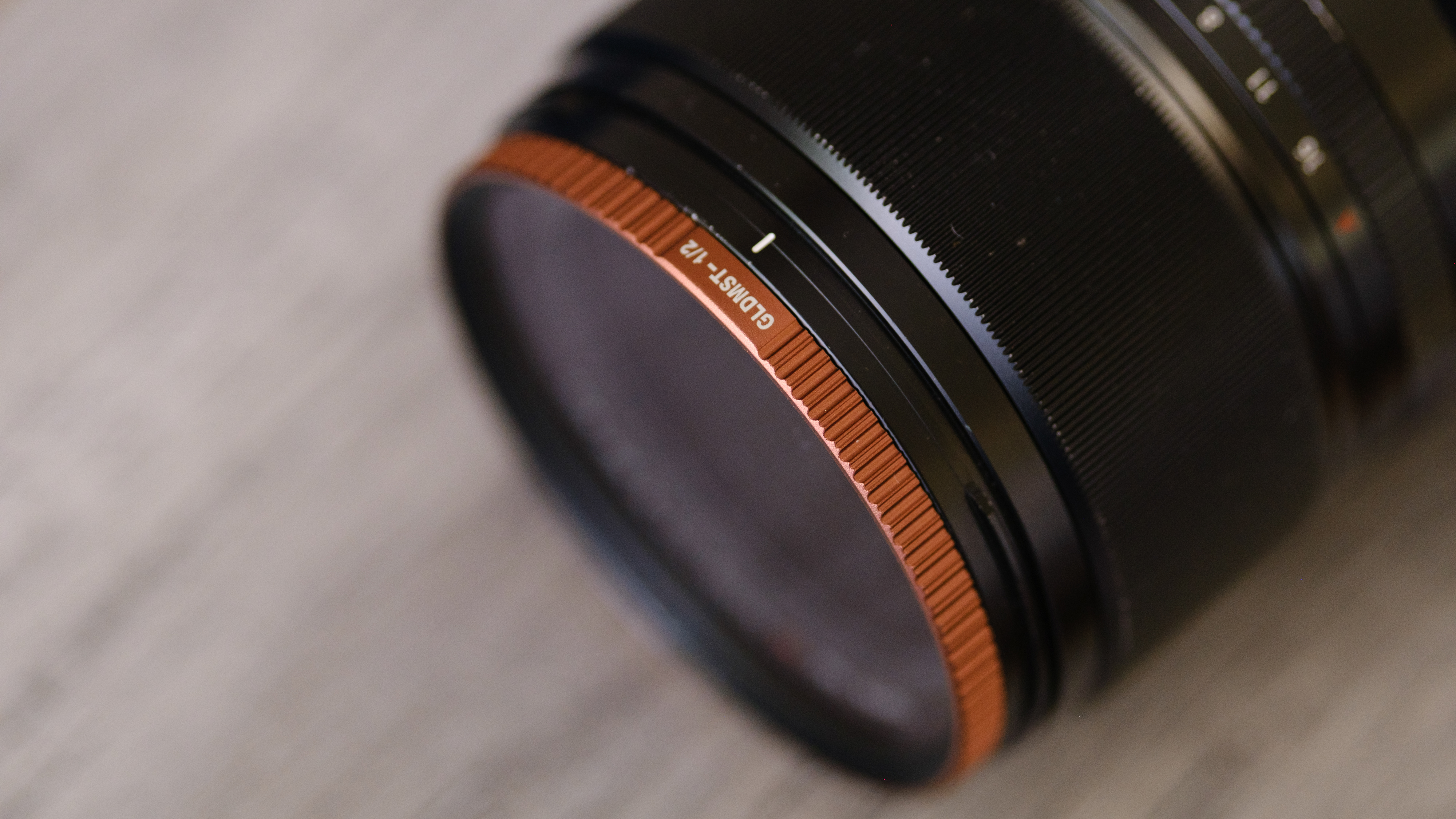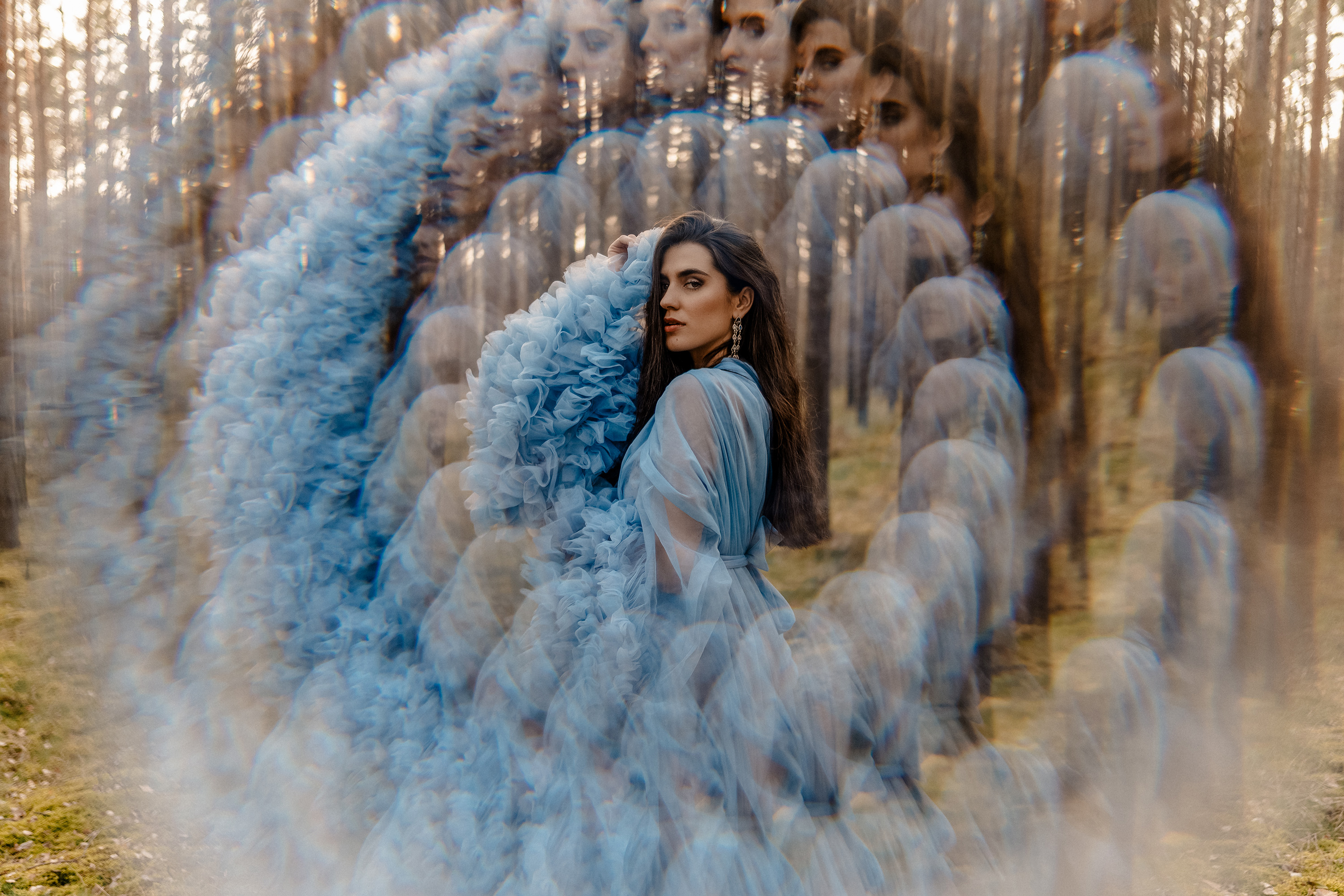Digital Camera World Verdict
After shooting golden hour with the PolarPro CineGold, I'm not sure I want to shoot golden hour without it again. The filter turns up the warmth from the sun and adds a soft glow to light sources. The effect is far less noticeable in scenes without backlighting or a light source, but it did add a bit of warmth to skin tones and slightly diminish the appearance of pores while the eyes were still pretty sharp. If your style is warm, low contrast, and a little bit retro, then this is an ideal filter.
Pros
- +
Cranks up the golden hour look
- +
Soft blooms of light
- +
Slightly softer skin, but eyes are still sharp
- +
Well built
- +
Includes retro presets
Cons
- -
Pricier than some diffusion filters
Why you can trust Digital Camera World
Retro-inspired cameras have become exceptionally trendy – but part of the retro look lies not in the camera at all, but in the lens. Film lenses were often not as sharp as their digital counterparts, and optical imperfections gave light sources a glowing quality called bloom – an effect that became more pronounced as the lens’ coatings wear out over time.
But what if photographers with modern digital cameras needed to buy just a filter, rather than a vintage lens, to get that old school look? That’s the idea behind the PolarPro CineGold, a warm diffusion filter that the company says is designed to mimic the look of Kodak Porta 400 film.
The PolarPro CineGold creates that retro look using bits of gold-colored flecks embedded in the glass. Like a standard diffusion filter, it gives images a slight softening and helps spread or bloom light sources. But the gold colors in those flecks also give the images a warmer tone. PolarPro describes the effect as “creamy highlights, low contrast, and a pastel-toned palette of Kodak Portra 400.”
Don’t assume a filter will solve all your color woes – editing will still play a role in getting those ideal colors. But PolarPro also launched four CineGold editing presets to give creatives a jump start on editing for the retro look.
When it comes to filters, there’s a fine line between retro goodness and an over-the-top softening that makes images look more like unfocused shots than a subtle analog softness. The PolarPro CineGold not only finds the right balance between soft and sharp, but cranks golden hour up to ten and creates a warm glow that feels like sunshine packed into a filter.
PolarPro CineGold: Specifications
Transmission | 90% |
Mist strength | 1/2 gold mist diffusion |
Image quality | Softer with less contrast |
Colors tone | Warmer highlights, neutral shadows |
PolarPro CineGold: Price
Like with most threaded filters, the cost of the PolarPro CineGold varies slightly with the size of the filter that you need.
The circular threaded type comes in 49mm, 67mm, 77mm, and 82mm sizes. The smallest size retails for $69.99 / £65 / AU$129, while the largest size sells for $99.99 / £99 / AU$139.
The best camera deals, reviews, product advice, and unmissable photography news, direct to your inbox!
The filter will also be sold as part of PolarPro’s magnetic system, the Helix MagLock, for about $200 / £245 / $300, the same price as the 4x5 sheet filter variation.
PolarPro CineGold: Design
The “Gold” in the CineGold name extends to the look of the filter. Embedded in the glass are gold-colored flecks, while the filter’s frame is brass-colored rather than the typical standard black.
The PolarPro CineGold is built with Chroma glass sourced from Germany. Along with the gold-colored flecks in the glass, the filter employs coatings to prevent reflections, fingerprints and scratches. The filter’s frame is made of aluminum, which is weather-sealed and uses adonization to help preserve the look of the metal over time.
To protect the filter in a bag, the filter also comes with an aluminum canister-style case.
PolarPro also includes four free presets, designed to work with the filter’s colors and play up the retro look the filter aims for. These presets are .cube files, which means they work with a variety of editing software that supports the format, including Lightroom, and also as LUTs for video editing.
PolarPro CineGold: Performance
Working with the PolarPro CineGold is like having two different filters in one. What I mean by that is that the look that you get from this filter is entirely different when including the light source in the image than a scene that doesn’t include the light source in the frame.
The most dramatic difference between the no-filter and with-filter images are photographs that include some sort of light source in the image, whether that’s the sun, a street lamp, car headlights, or even the sun reflecting off a lake.
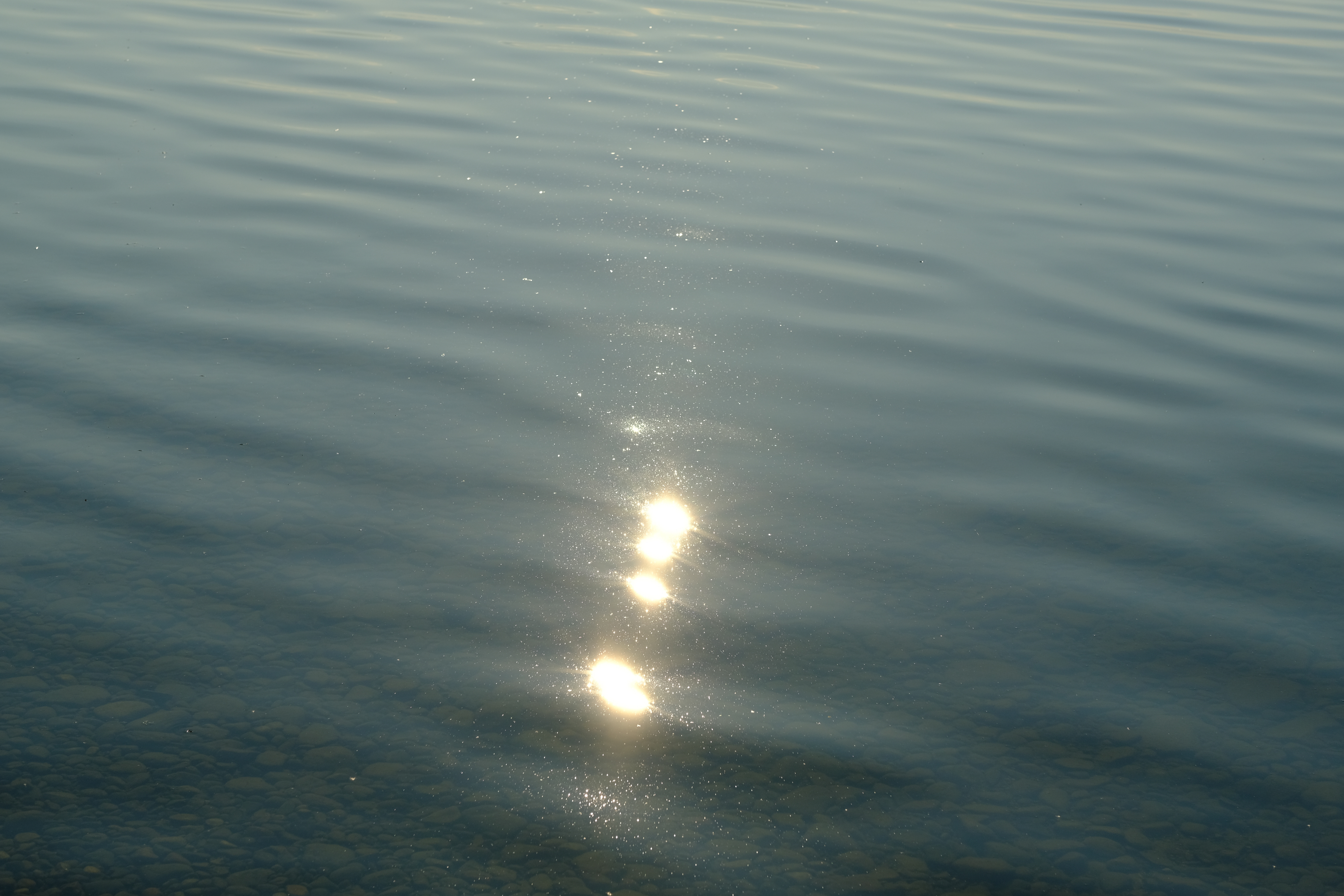
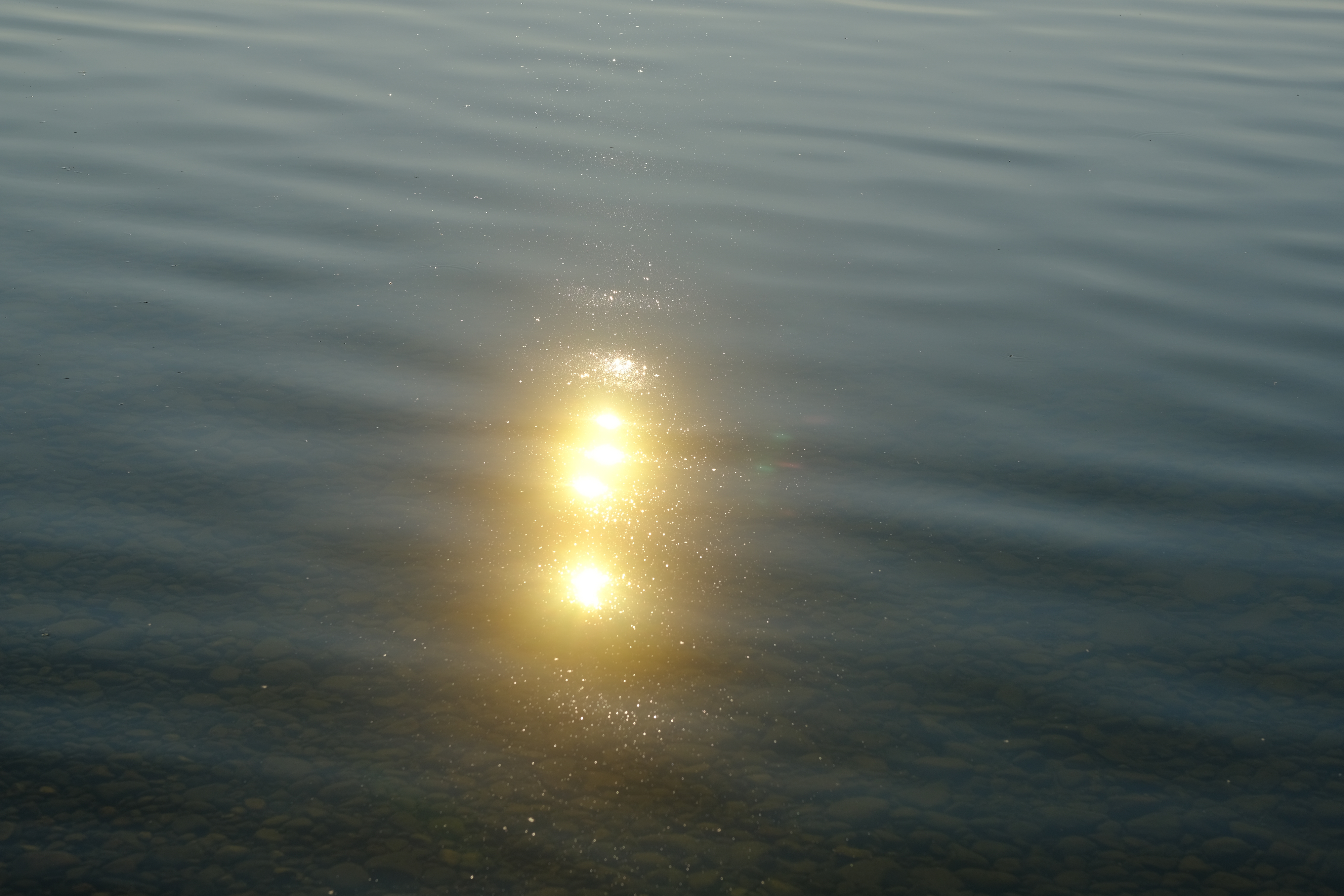
CineGold does two things to these photographed light sources. First, it spreads out the light source, giving the light source more glow. This is also commonly referred to as bloom, and it’s something many vintage lenses did. This adds drama and a bit of a retro feel to any light source.
Second, CineGold gives light sources a warmer tone, because the bits of diffusion glitter embedded into the filter are gold colored. I’ve always been a fan of warmer tones, so I’m most drawn to the diffusion filters like this one that are also a bit warm.
The two effects combined, when shooting just before sunset, seem to take golden hour and turn it up to 10. This can both add that golden hour look when you’re a bit too early for golden hour, or add that much more warmth and drama to golden hour shots. I loved the warm summer glow this filter gave to the lakeside portraits that I took near sunset.
CineGold adds a lot of drama and warmth to images that include the light source in the frame. The filter’s effect is far more subtle when the light source isn’t directly within the frame, but there is a subtle yet pleasing color difference and a slight softening to the images taken this way.
The images with the filter but that weren’t backlit had slightly warmer tones to them, and I appreciated that skin tones looked a little less green without the filter than with.
Diffusion filters, by design, are meant to soften the image a bit, intended as a way to add character to clinically sharp modern lenses – and less post-processing work. But, there’s a fine line between diffusion and being too soft, and I think CineGold walks that line perfectly.
Without framing the light source in the image, the softening effect is subtle. I could still count the freckles on my daughter’s face in a close-up portrait, and her eyes were still pleasantly sharp. Pores were not quite as noticeable with the filter on, and I think a filter that softens the skin a bit but isn’t so soft that the eyes look out-of-focus strikes an excellent balance.
Like with the colors, however, the difference in sharpness with and without the filter increases dramatically on shots with the light source in the frame, such as backlit portraits. These photos didn’t feel quite as sharp, but they also didn’t look so soft that they were out of focus. Again, a good balance, but shooting backlit exaggerates the softening effects of a diffusion filter a bit.
PolarPro includes four presets with the filter, all designed to play up on that retro feel of a diffusion filter. The presets did add a definite retro feel to the images, although I much preferred the results with the minor change of selecting a color profile from my Fujifilm camera rather than using the Adobe RAW color profile, which is the only change I applied to the filters here:




The presets are personally a bit over-the-top retro for my own style, but I think fans of the retro look will like them. Having a preset as a starting point also makes it easy to go in, see what changed and how it affects the image, and then create your own spin by modifying the filter to your taste.
PolarPro CineGold: Image Samples












PolarPro CineGold: Verdict
The PolarPro CineGold is like golden hour wrapped up in a filter. Backlit images gain a dramatic, warm light bloom, while images without a light source in the frame pick up subtle but pleasing color differences and a slight softening.
Photographers (and videographers) who are going to love the CineGold are the creatives whose own style favors warmer tones, less contrast, and slight softening. The CineGold presets also play up the retro look, but not in a way for creators who favor a more subtle retro look.
Speaking of subtle, the CineGold is a little stronger than the PolarPro McKinnon 135 Gold Mist filter. The Gold Mist is a 1/4 strength diffusion filter, which means the softening and the warmer tones are more subtle. The CineGold is a 1/2 strength diffusion filter, so the effect is a bit more pronounced.
Opt for the CIneGold if you want the most dramatic blooms and warmth, or want to really exaggerate golden hour. Opt for Gold Mist if you want a more subtle effect with less impact on sharpness.
Diffusion filters aren’t for every style of photography. But after trying out the CineGold, this filter is staying part of my kit for its lovely warm, retro tones without oversoftening.
You may also like
Browse the best diffusion filters or the best lens filters.

With more than a decade of experience writing about cameras and technology, Hillary K. Grigonis leads the US coverage for Digital Camera World. Her work has appeared in Business Insider, Digital Trends, Pocket-lint, Rangefinder, The Phoblographer, and more. Her wedding and portrait photography favors a journalistic style. She’s a former Nikon shooter and a current Fujifilm user, but has tested a wide range of cameras and lenses across multiple brands. Hillary is also a licensed drone pilot.
You must confirm your public display name before commenting
Please logout and then login again, you will then be prompted to enter your display name.


